Appetizers
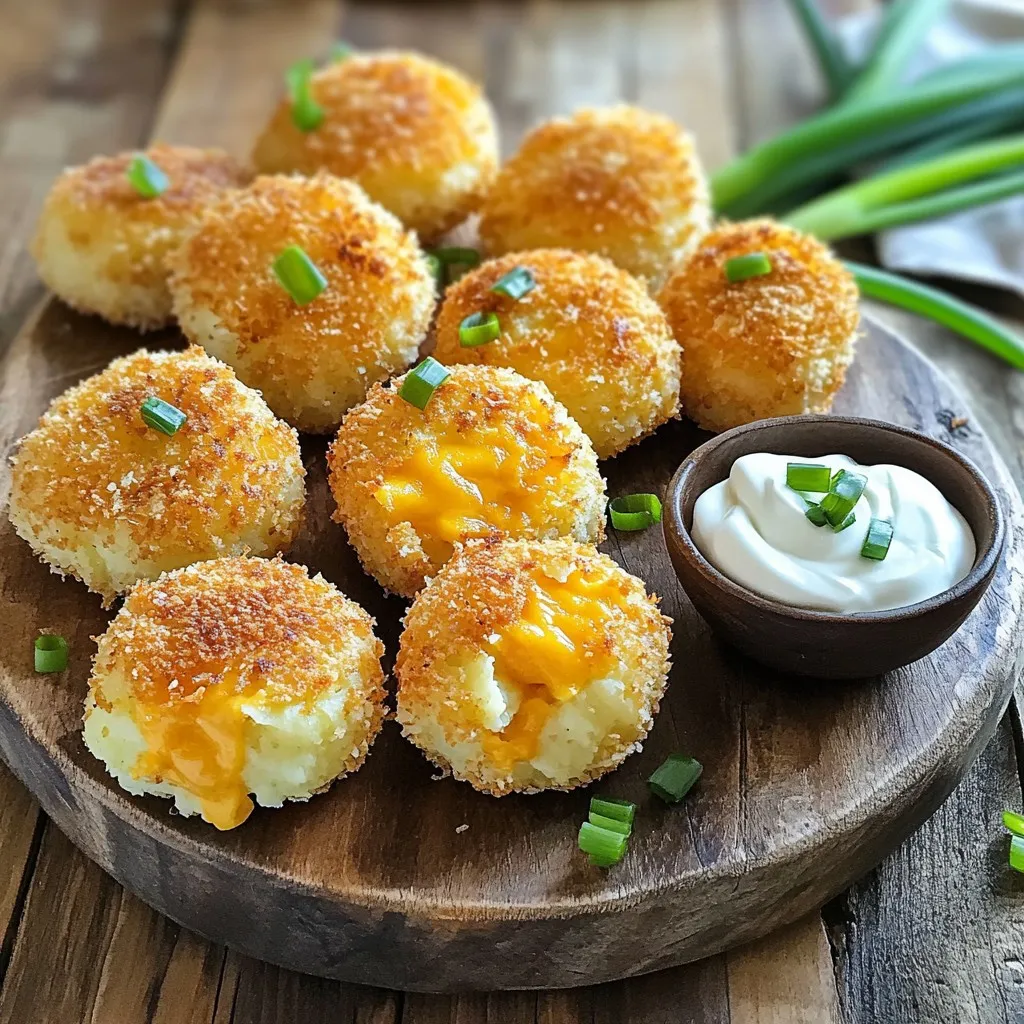
Crispy Mashed Potato Cheese Puffs Easy Party Snack
Looking for a tasty party snack that wows guests? Try my Crispy Mashed Potato Cheese Puffs! These bites blend creamy mashed potatoes with gooey cheese
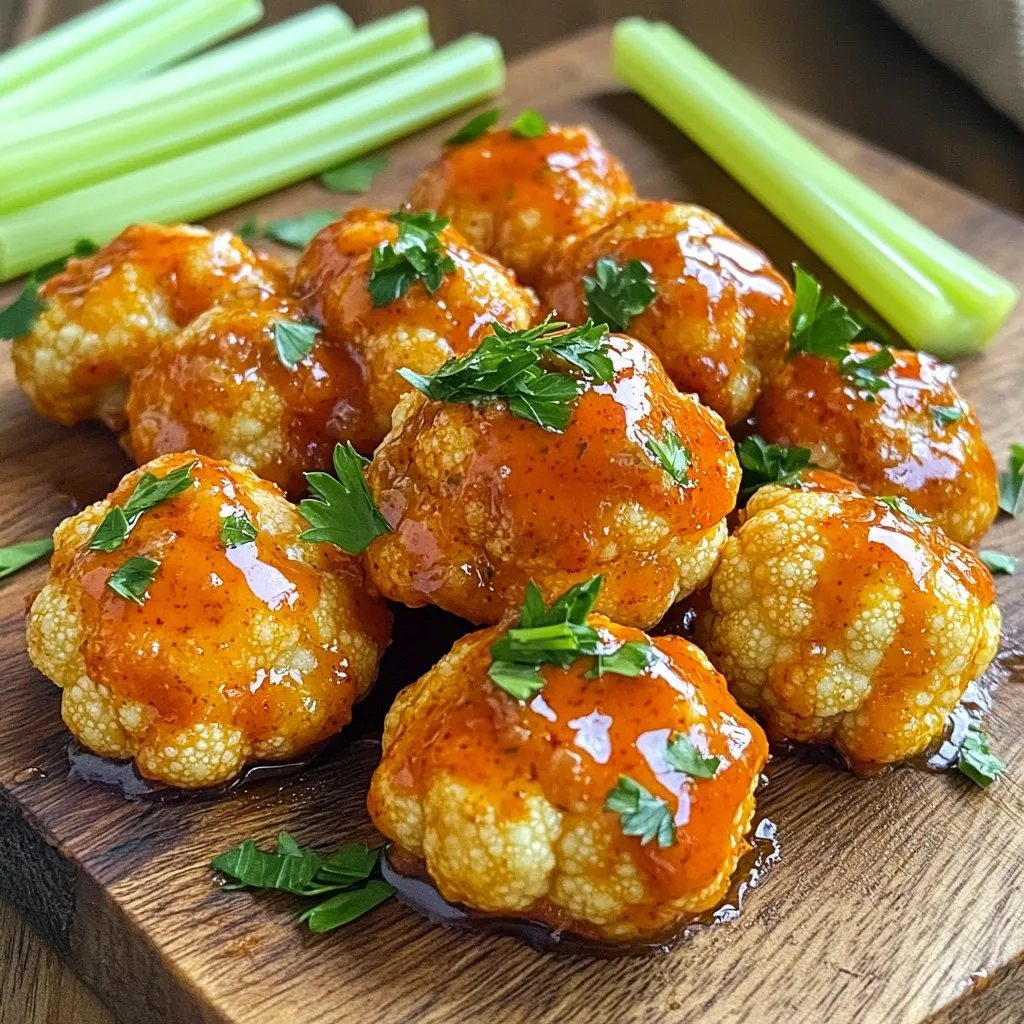
Air Fryer Buffalo Cauliflower Bold and Flavorful Dish
Looking for a bold and flavorful dish that satisfies your cravings? You’ve found it! Air Fryer Buffalo Cauliflower combines crispy goodness with a zing of
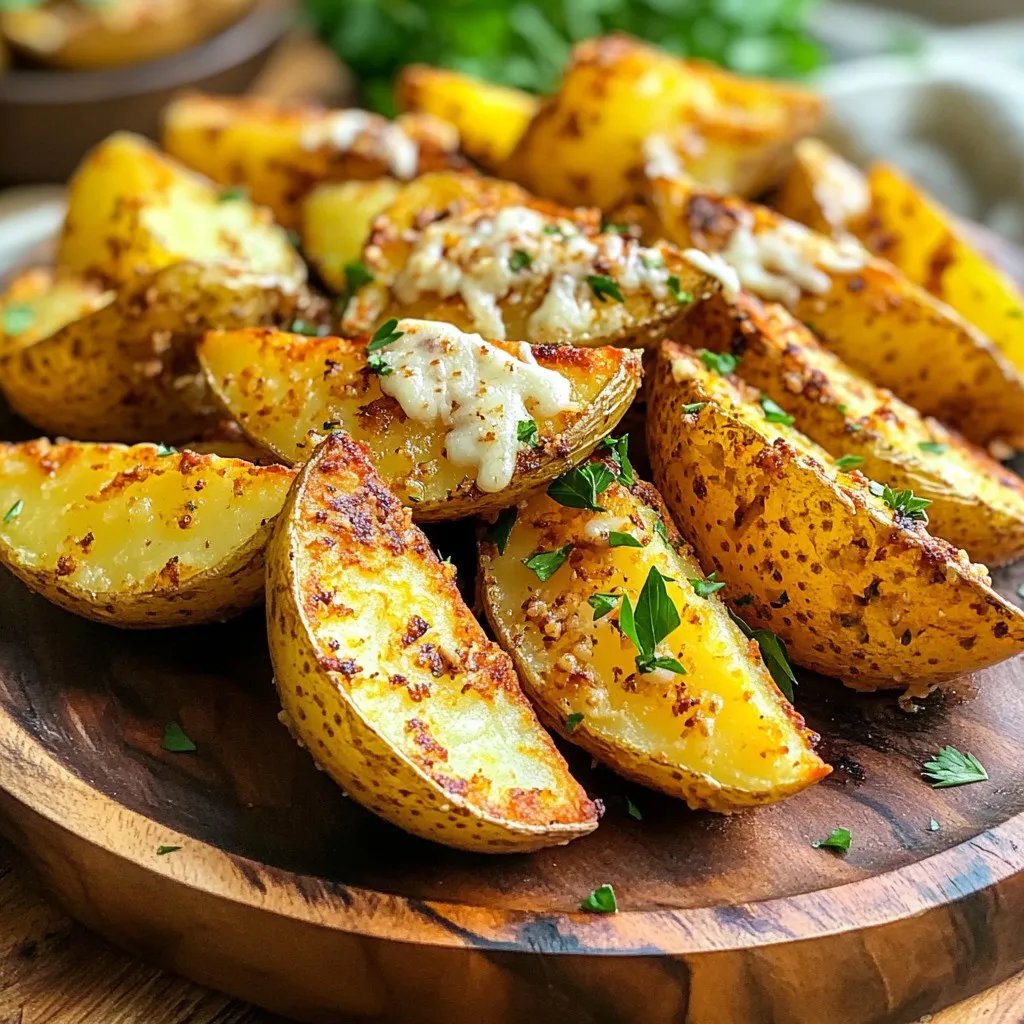
Air Fryer Garlic Parmesan Potato Wedges Crispy Delight
If you crave a snack that’s both crispy and packed with flavor, look no further! My Air Fryer Garlic Parmesan Potato Wedges are the perfect
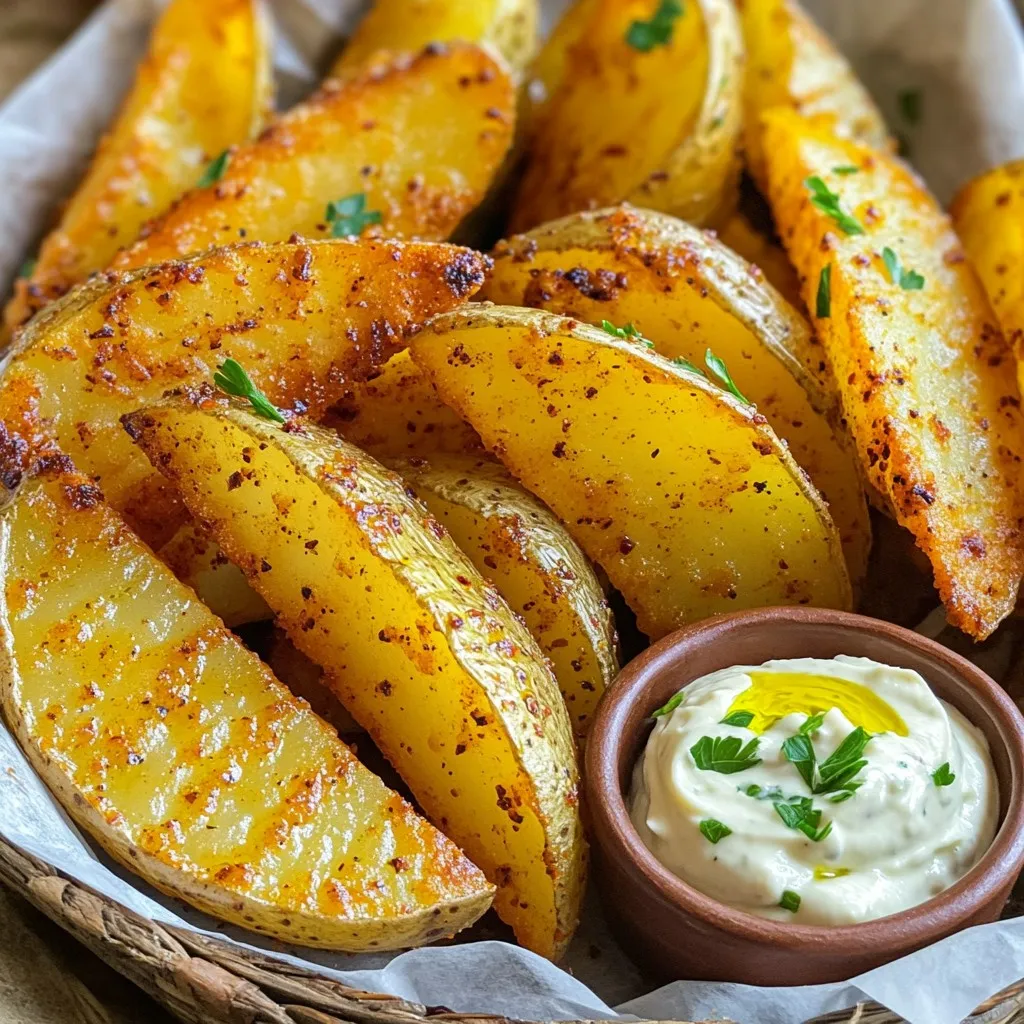
Air Fryer Cajun Potato Wedges Crispy and Flavorful
Crispy, flavorful, and bursting with zest, Air Fryer Cajun Potato Wedges can transform your snacking game. With just a handful of ingredients, you’ll whip up
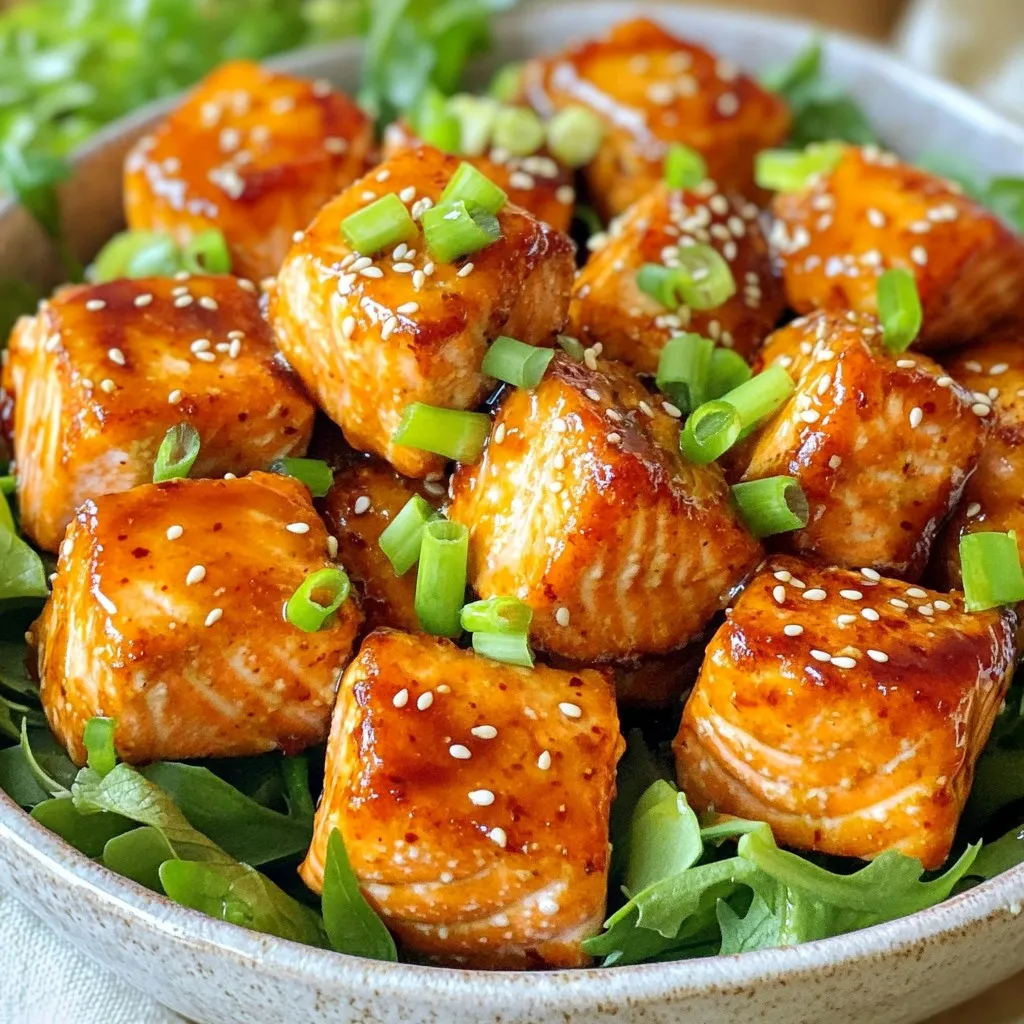
Crispy Air Fryer Teriyaki Salmon Bites Recipe Now
Get ready to impress your taste buds with my Crispy Air Fryer Teriyaki Salmon Bites! This quick and easy recipe packs a flavor punch while
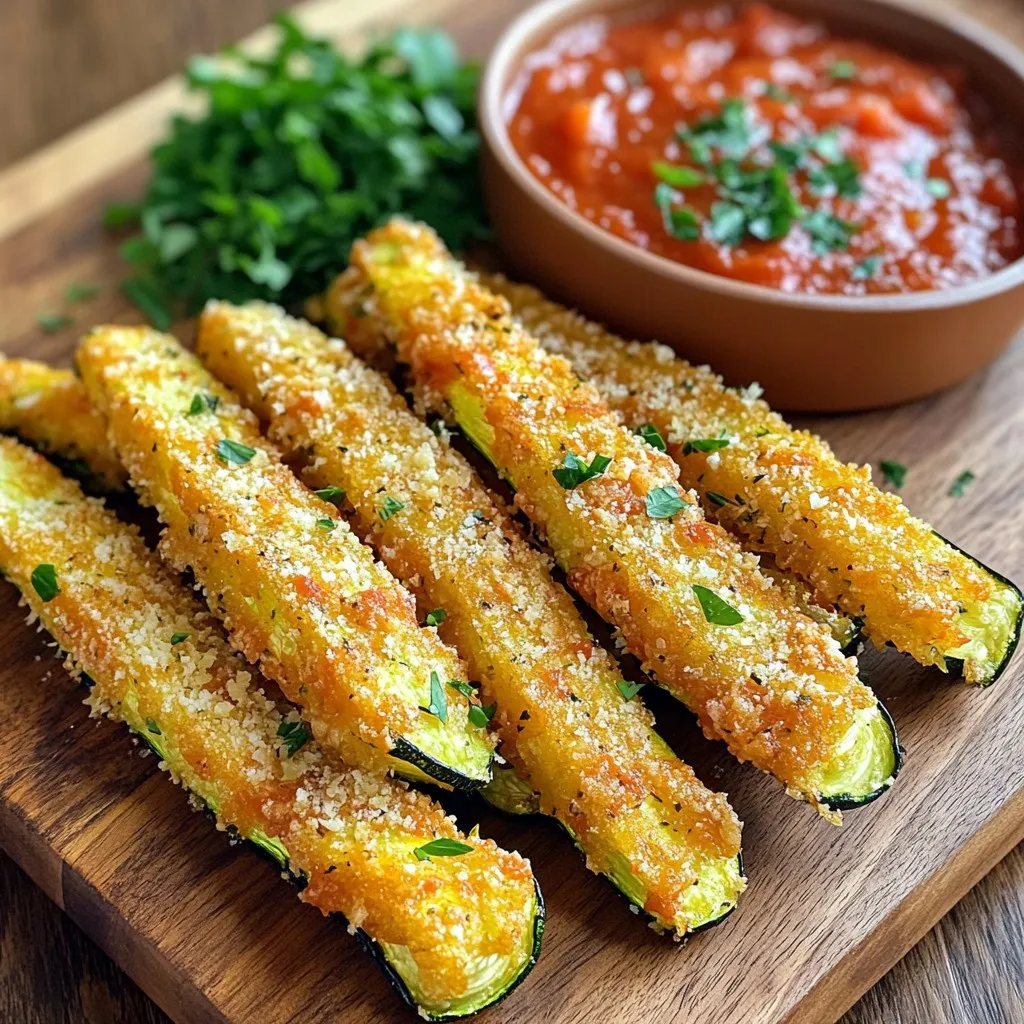
Crispy Parmesan Zucchini Fries Air Fryer Delight
Looking for a tasty snack that’s healthy and satisfying? Try my Crispy Parmesan Zucchini Fries in the air fryer! You’ll love how easy it is
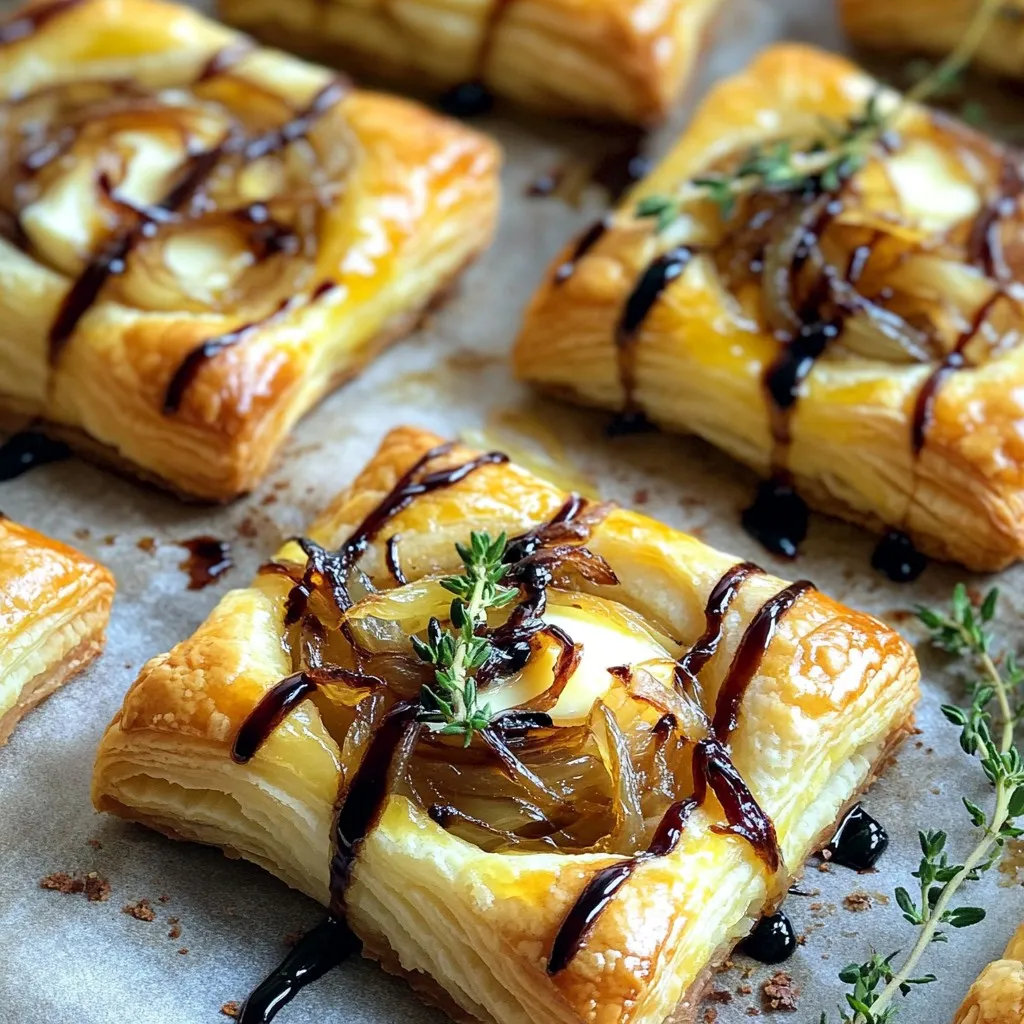
Caramelized Onion Brie Puff Pastry Tartlets Delight
If you’re craving a tasty starter, these Caramelized Onion Brie Puff Pastry Tartlets are a game-changer! Combining sweet onions and creamy brie, they bring comfort
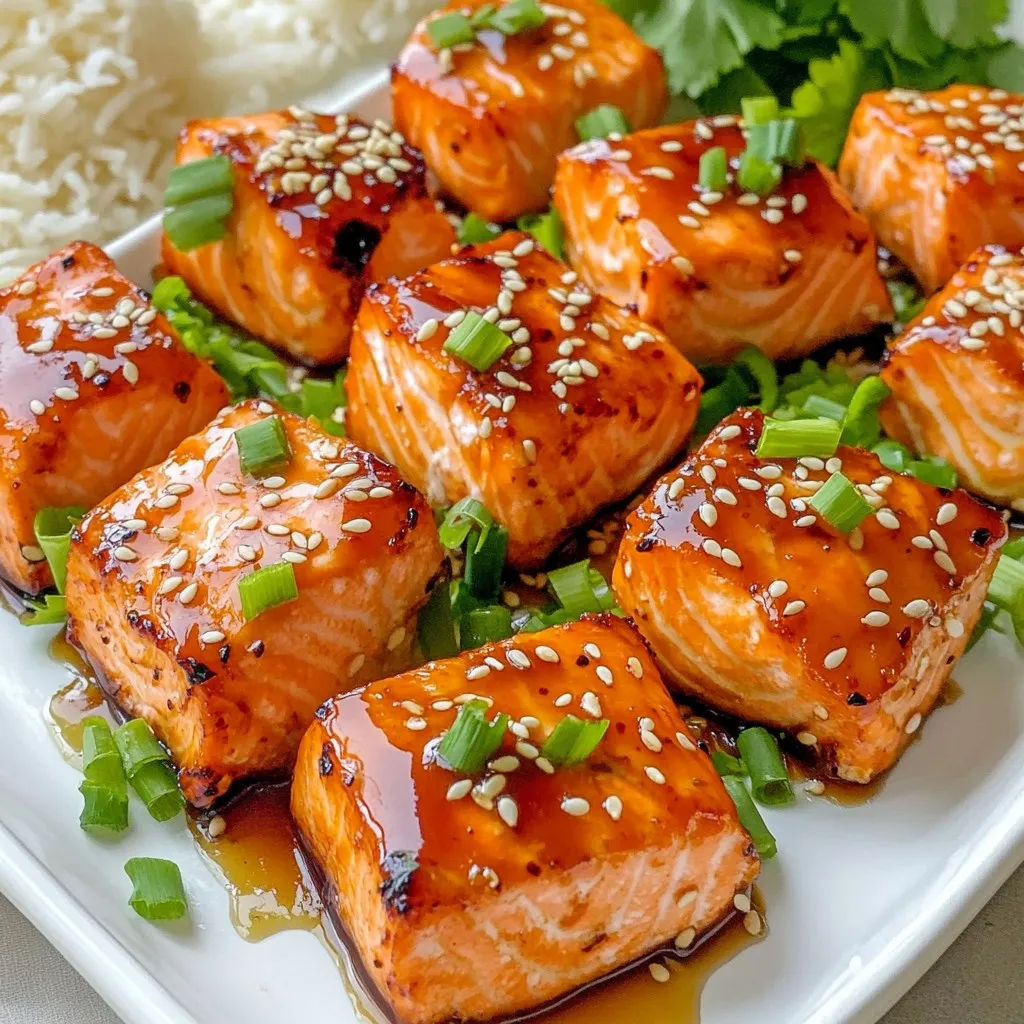
Air Fryer Teriyaki Salmon Bites Quick and Tasty Snack
Looking for a quick and tasty snack? You’ll love these Air Fryer Teriyaki Salmon Bites! In just a few easy steps, you can make juicy,
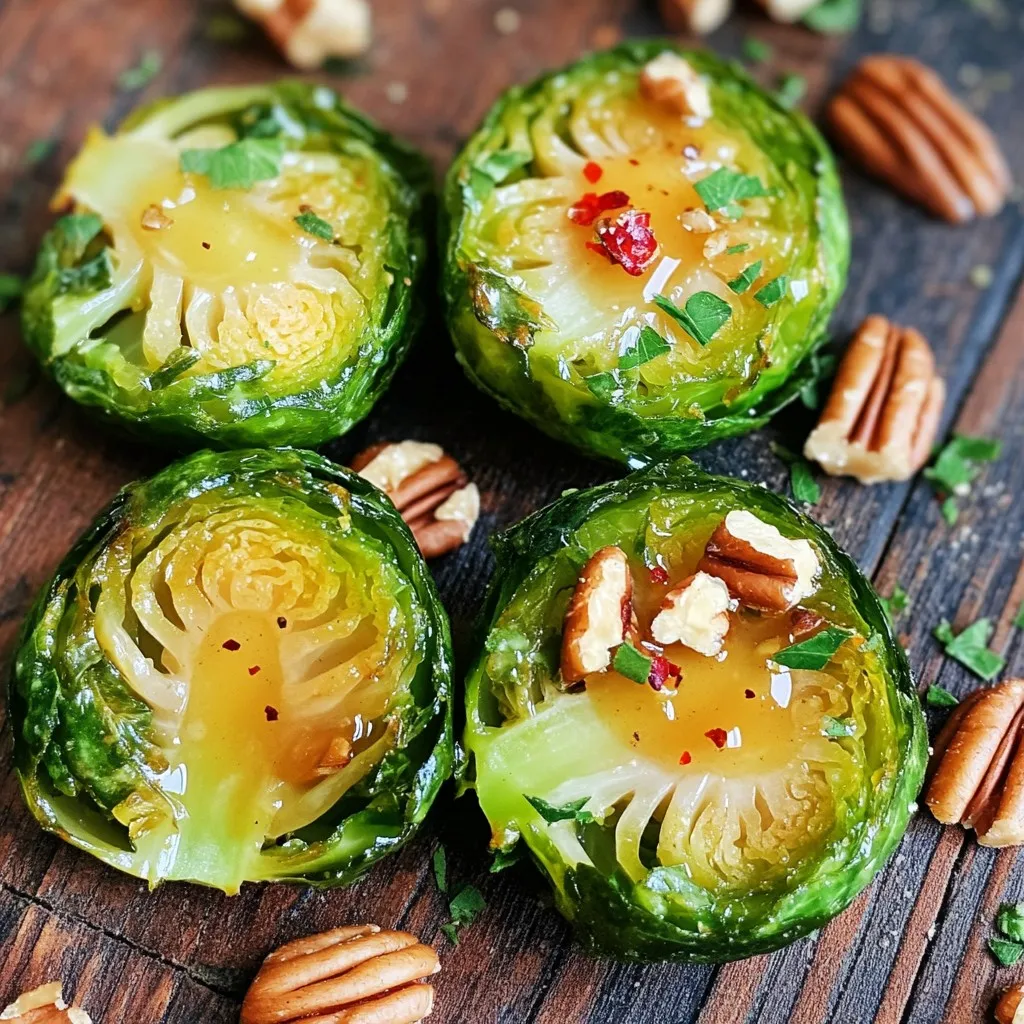
Air Fryer Maple Dijon Brussels Sprouts Flavorful Dish
Looking to elevate your veggie game? Try my Air Fryer Maple Dijon Brussels Sprouts! This dish combines sweet maple syrup and tangy Dijon mustard for

Air Fryer Maple Dijon Brussels Sprouts Delight
Looking for a tasty side dish that’s quick and easy? These Air Fryer Maple Dijon Brussels Sprouts offer a sweet and tangy flavor that will